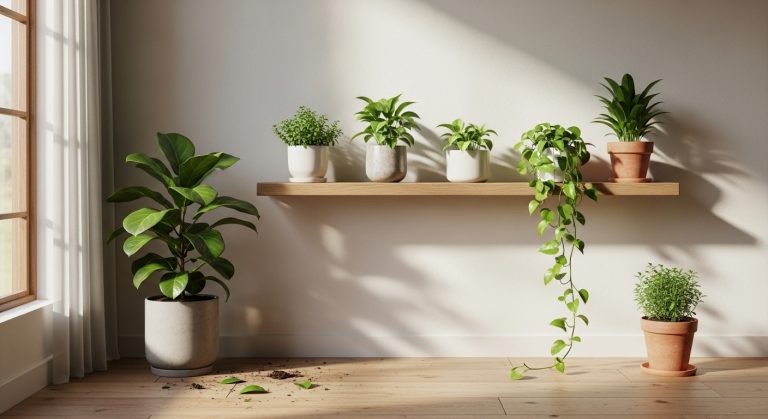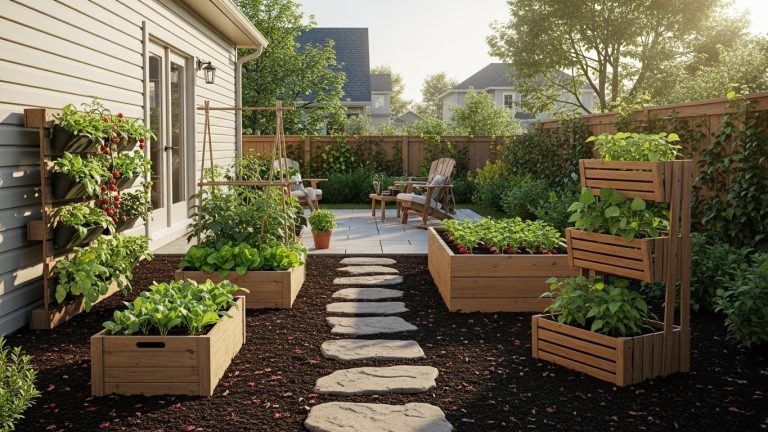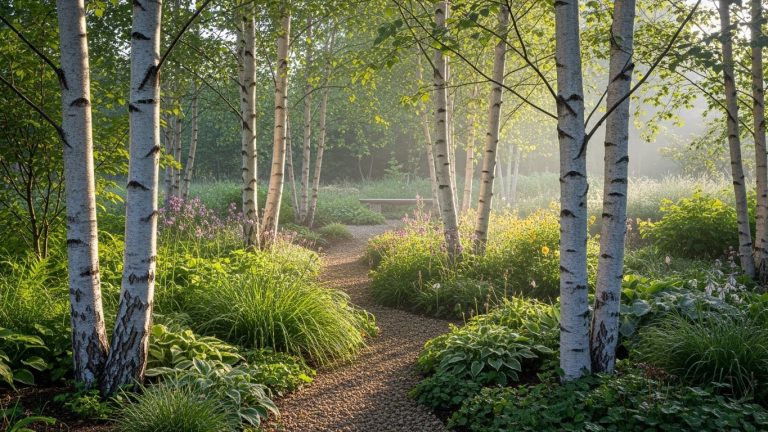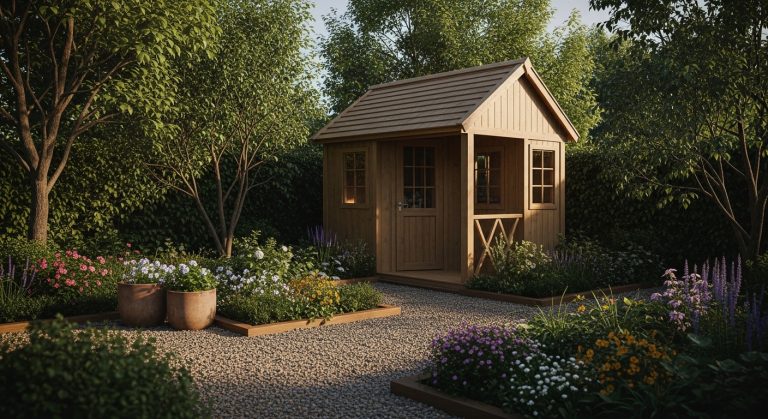Raised Garden Beds: 15 Creative & Practical Ideas You’ll Actually Want to Try
So, you’ve been bitten by the gardening bug (welcome to the club!). Now you’re eyeing that bare patch in your yard, balcony, or driveway and thinking: “What if I had a raised garden bed here?” Good news—you’re onto something amazing.
Raised garden beds aren’t just fancy wooden boxes filled with dirt. They’re mini ecosystems that let you grow veggies, herbs, and flowers without breaking your back (literally). Think of them as the VIP lounges of gardening—better soil, easier maintenance, and fewer weeds.
In this mega guide, I’ll walk you through 15 raised garden bed ideas—from simple setups you can DIY in an afternoon to more creative, Pinterest-worthy builds. Each idea comes with its pros, cons, and my honest two cents. Whether you’ve got a big backyard or just a sunny balcony, you’ll find an idea here that makes you say, “Yep, that’s the one.”
Let’s get dirty.
1. Classic Wooden Raised Beds
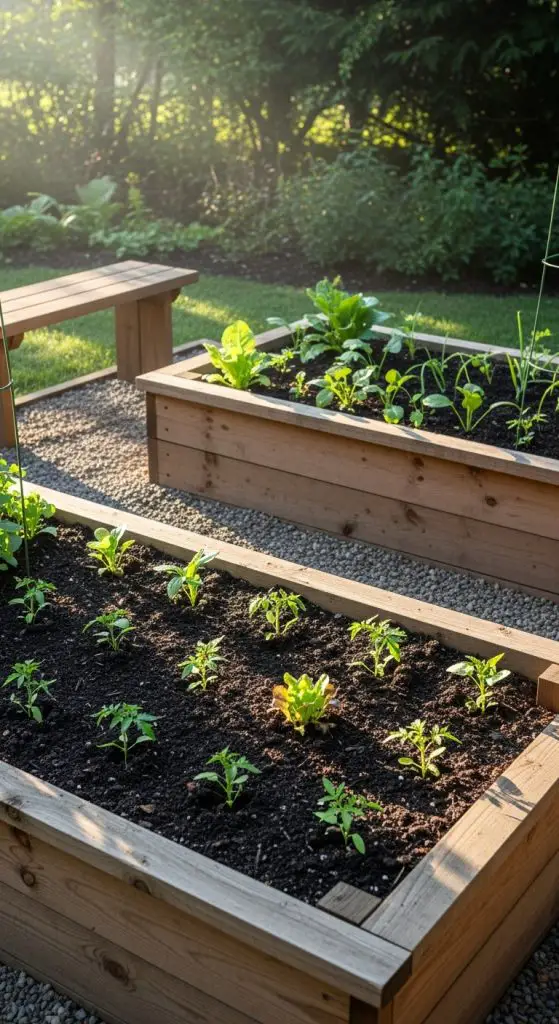
A classic wooden raised bed is the go-to choice for most gardeners. It’s basically a sturdy wooden box (cedar and redwood are popular) filled with nutrient-rich soil. This is the style you see in almost every beginner gardening guide, and for good reason—it’s simple, functional, and easy to build.
Pros:
- Budget-friendly if you DIY with untreated lumber.
- Easy to customize in size and height.
- Cedar resists rot naturally (lasts 7–10 years).
Cons:
- Cheaper woods rot quickly.
- Needs occasional maintenance (resealing).
Perfect if you want a no-fuss, reliable raised garden bed that works almost anywhere.
2. Metal Raised Garden Beds
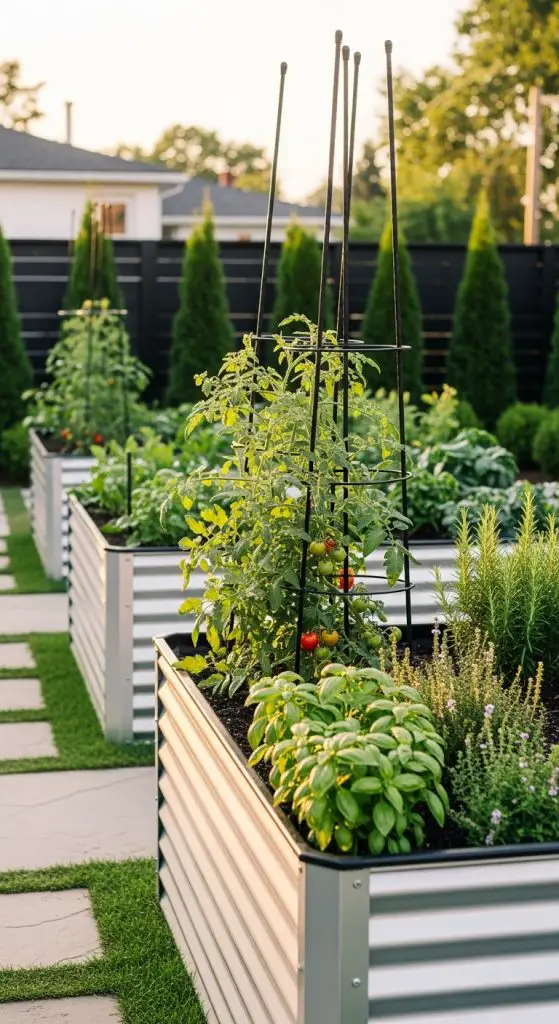
Metal raised beds (often corrugated steel) are durable, sleek, and modern-looking. They’ve become super trendy because they last decades and give your garden a bold look.
Pros:
- Long-lasting (20+ years if galvanized).
- Resistant to rot, pests, and weather.
- Stylish—great for modern landscapes.
Cons:
- Can get hot in full sun (not ideal for delicate plants).
- More expensive upfront.
Great if you love modern aesthetics and don’t mind the higher price tag.
3. Stone or Brick Raised Beds
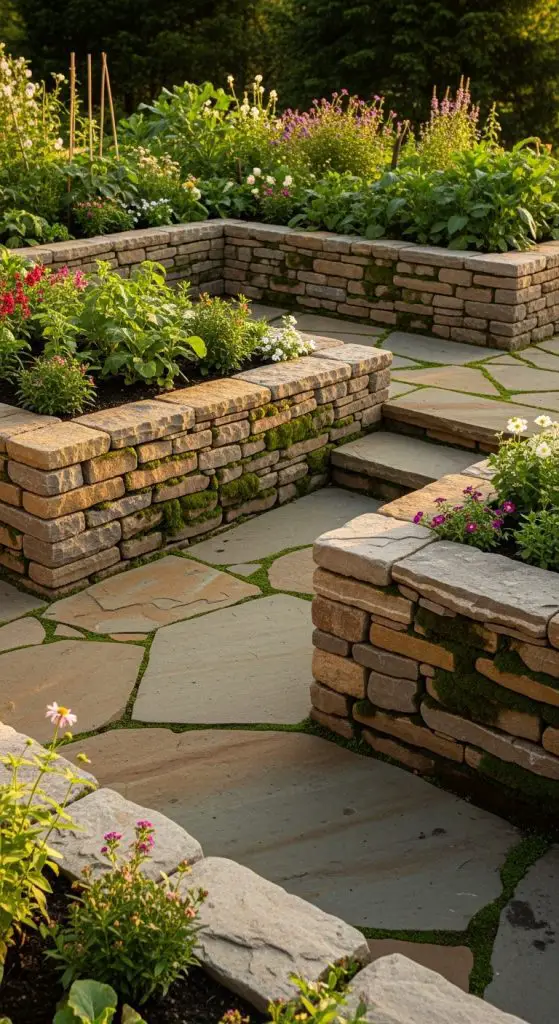
Stone or brick raised beds are sturdy, elegant, and basically permanent. They blend beautifully with patios and outdoor living spaces.
Pros:
- Extremely durable (lasts decades).
- Retains soil warmth for longer growing seasons.
- Adds a classy, architectural touch.
Cons:
- Expensive to build.
- Heavy work (not a weekend project unless you’re Hulk).
Perfect for gardeners who want a permanent, polished look.
4. Elevated Raised Beds (Waist-High)
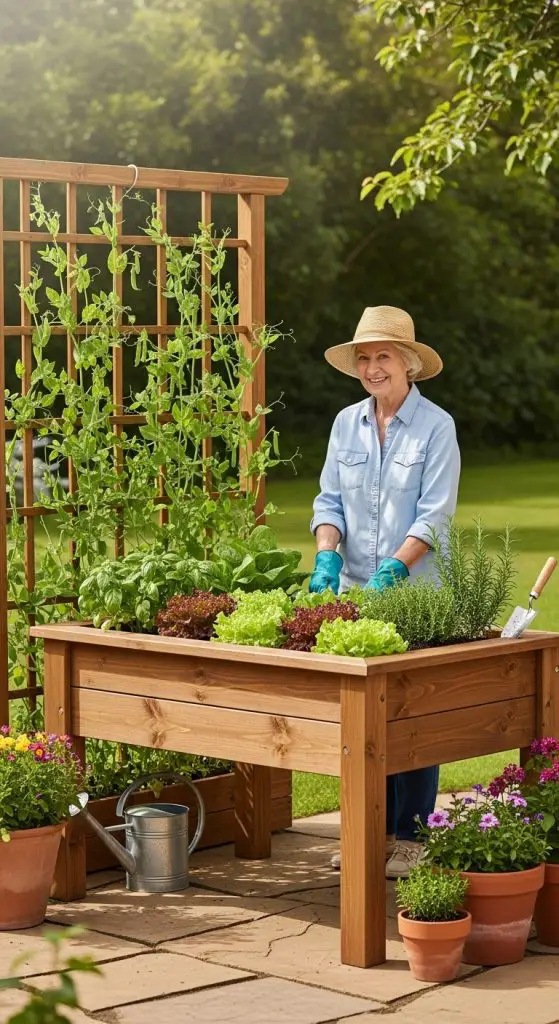
Tired of kneeling and bending? Elevated raised beds are built on legs, bringing the soil up to waist height. Think of it as “gardening while standing.”
Pros:
- Ergonomic—no back or knee pain.
- Great for seniors or anyone with mobility issues.
- Pest control is easier (fewer rabbits!).
Cons:
- Holds less soil, so dries out quicker.
- Limited root depth for large crops.
Ideal if you love gardening but hate the sore knees that come with it.
5. Vertical Raised Beds
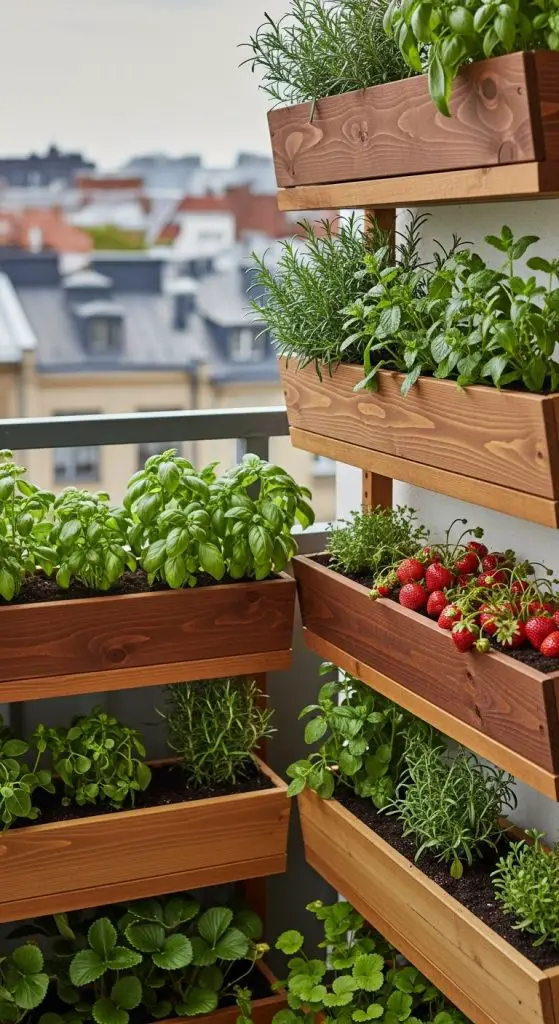
A vertical raised garden bed lets you grow upward instead of outward. Picture a standing shelf system with planter boxes stacked vertically.
Pros:
- Space-saving—perfect for balconies.
- Adds greenery without taking up yard space.
- Easy to maintain (no weeding marathons).
Cons:
- Limited soil per tier.
- Not suitable for big-rooted crops.
Best for herbs, strawberries, and leafy greens in small spaces.
6. Keyhole Raised Garden Beds
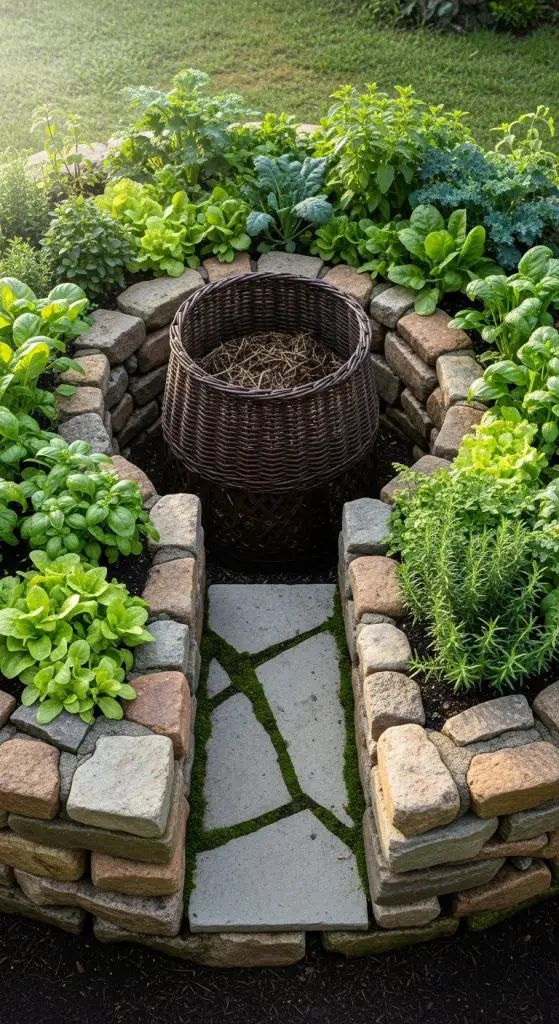
Keyhole beds are circular raised beds with a notch (like a keyhole) so you can reach the middle easily. Some even have composting baskets in the center.
Pros:
- Efficient use of space.
- Built-in composting = nutrient-rich soil.
- Easy access to every part of the bed.
Cons:
- Takes more effort to build.
- Not ideal for tiny spaces.
If you love permaculture-style gardening, this one’s a win.
7. Tiered Raised Beds
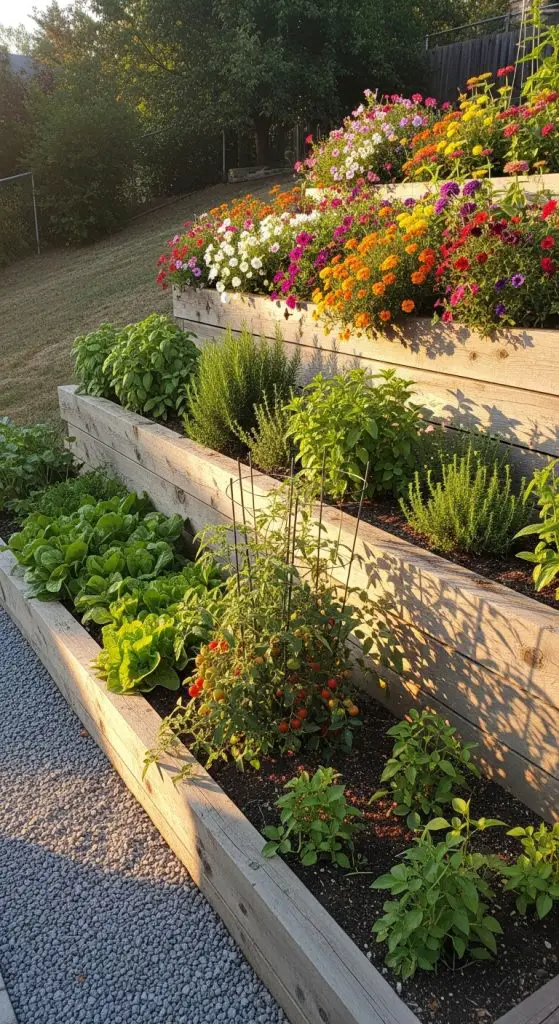
A tiered bed looks like garden steps—smaller boxes stacked upward. It’s both pretty and practical.
Pros:
- Great for uneven ground.
- Lets you grow plants with different soil depth needs.
- Adds visual interest.
Cons:
- More complex to build.
- Takes up more vertical space.
Perfect for gardeners who want a mix of style and function.
8. Raised Beds with Trellis
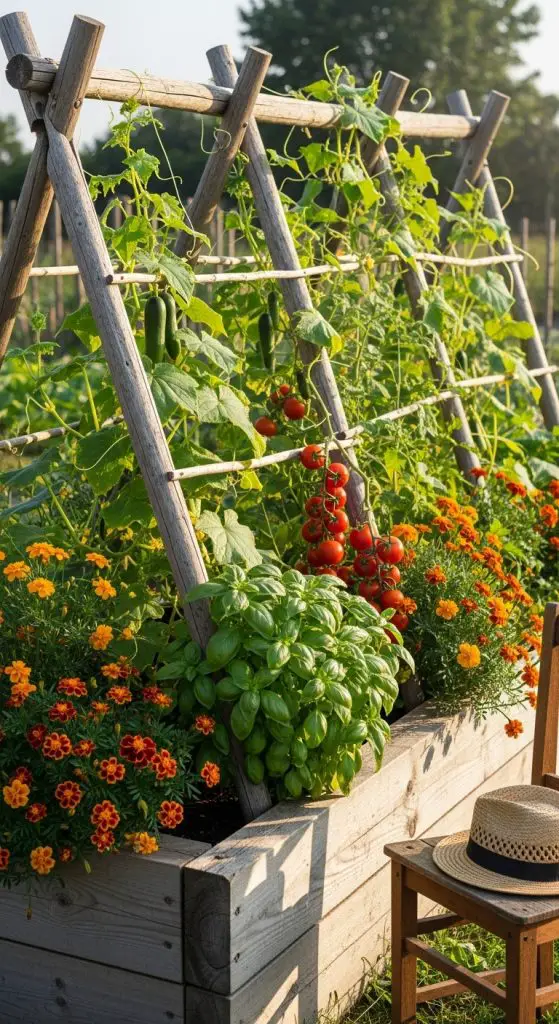
Combine a raised bed with a trellis, and boom—you’ve got vertical growing power. Great for peas, cucumbers, and tomatoes.
Pros:
- Maximizes space.
- Supports climbing plants naturally.
- Can create a privacy screen.
Cons:
- Needs sturdy construction.
- Trellis may cast shade if placed poorly.
Great for vining veggies or if you want a little privacy in your yard.
9. Hugelkultur Raised Beds
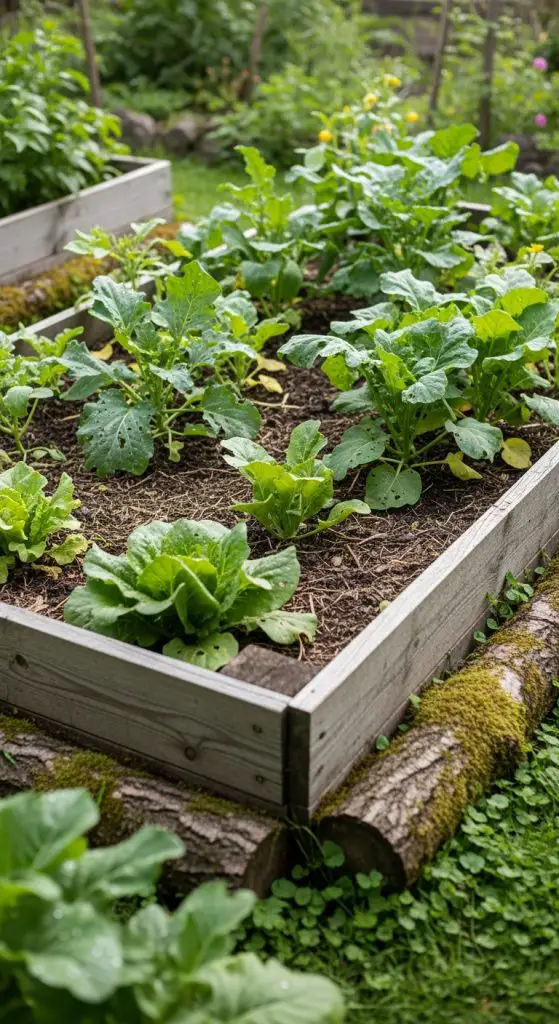
This one’s for the eco-geeks. Hugelkultur involves burying logs, branches, and organic matter inside your raised bed. As the wood decomposes, it enriches the soil.
Pros:
- Excellent long-term soil fertility.
- Retains moisture naturally.
- Reduces yard waste.
Cons:
- Initial setup is labor-intensive.
- May attract bugs during the first season.
Perfect if you want a sustainable, low-maintenance system long-term.
10. Wicking Raised Beds (Self-Watering)
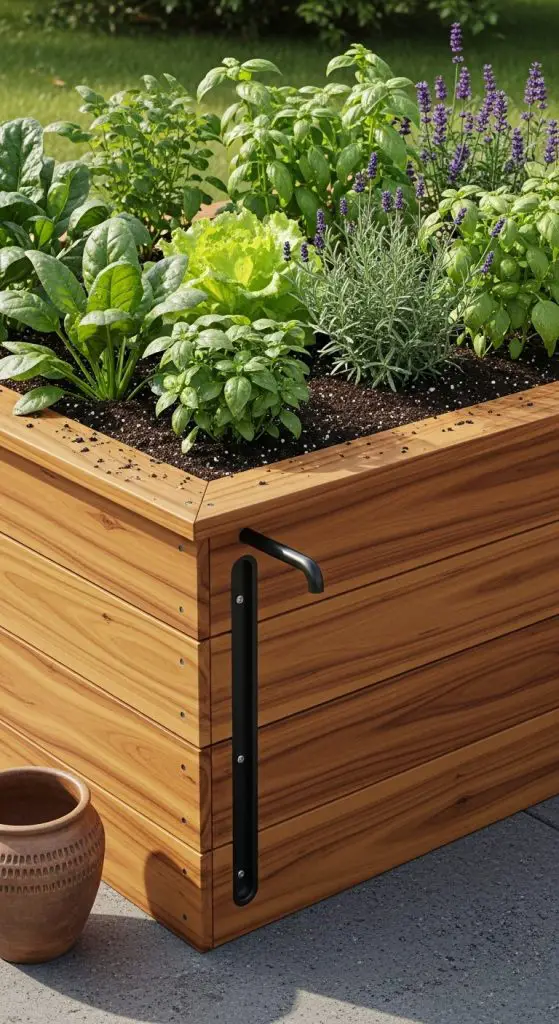
A wicking raised bed has a water reservoir at the bottom that keeps soil consistently moist. Think of it as a giant self-watering planter.
Pros:
- Conserves water (great in dry climates).
- Plants stay hydrated without daily watering.
- Low maintenance.
Cons:
- More complex build.
- Can get smelly if not drained properly.
Perfect for busy gardeners or hot, dry regions.
11. Pallet Raised Beds
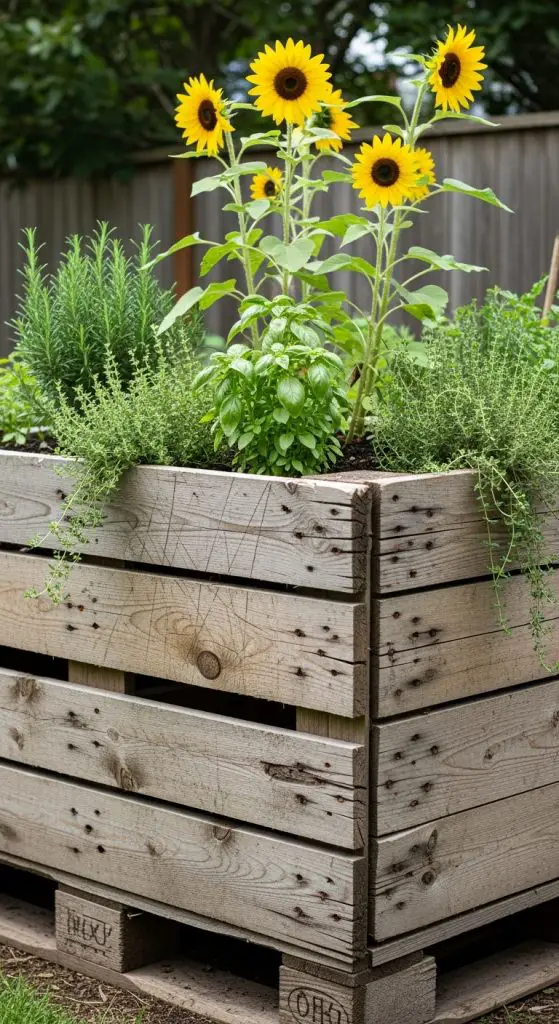
Got old pallets lying around? Turn them into rustic raised beds. Just make sure they’re untreated wood.
Pros:
- Practically free.
- Rustic, farmhouse-style charm.
- Eco-friendly recycling.
Cons:
- Not as durable as other materials.
- Some pallets may contain chemicals.
Ideal for budget DIYers who want a quick project.
12. Raised Beds with Cold Frames
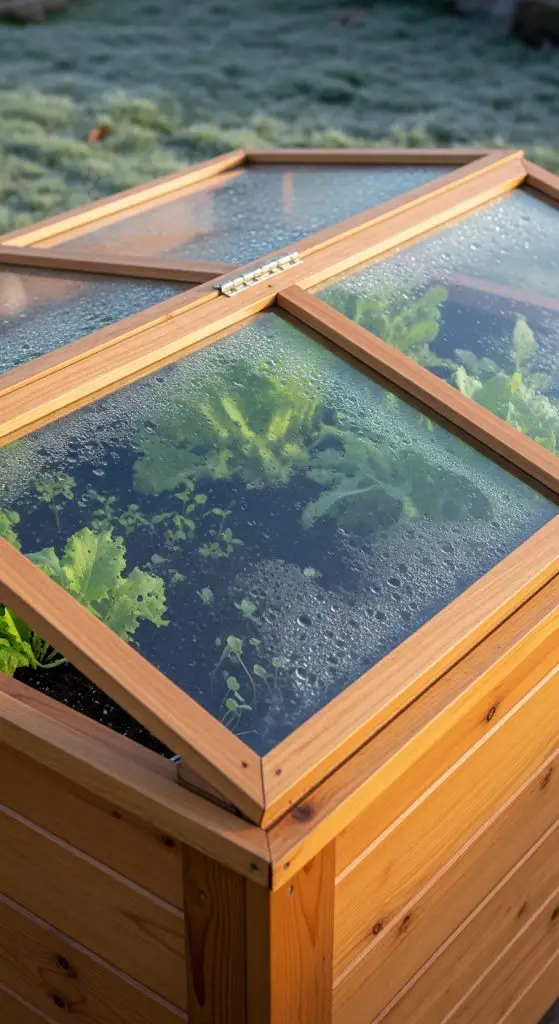
Add a hinged glass or plastic lid over your raised bed, and you’ve got a mini greenhouse.
Pros:
- Extends growing season.
- Protects seedlings from frost.
- Great for year-round greens.
Cons:
- Needs ventilation to prevent overheating.
- Adds cost and complexity.
Best for gardeners who want fresh veggies even in winter.
13. Round Raised Beds (Galvanized Tubs)
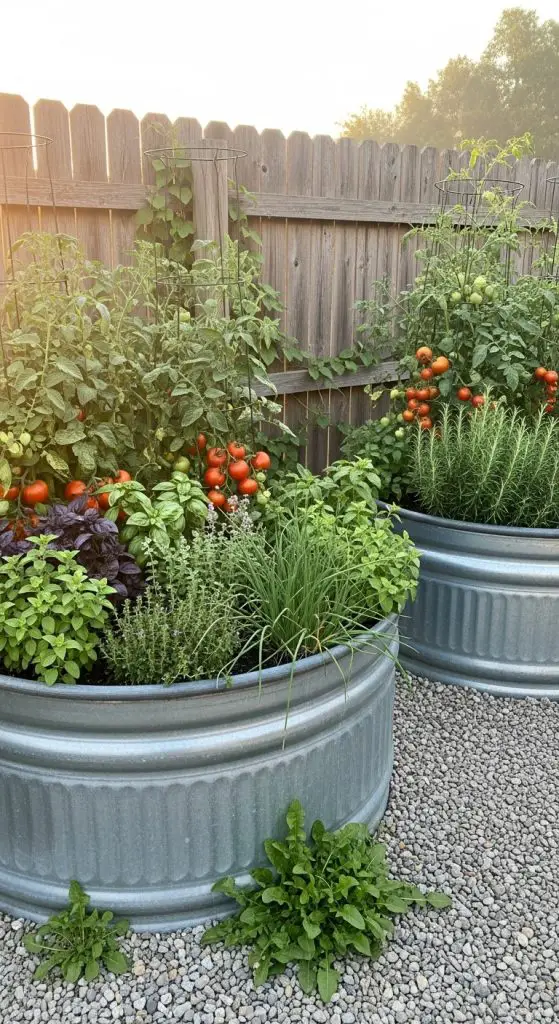
Galvanized tubs or stock tanks make easy, stylish round raised beds.
Pros:
- Super durable.
- No assembly needed—just fill and plant.
- Unique farmhouse vibe.
Cons:
- Limited shapes and sizes.
- May heat up in summer.
Perfect for quick setup with a rustic twist.
14. Kids’ Raised Garden Beds
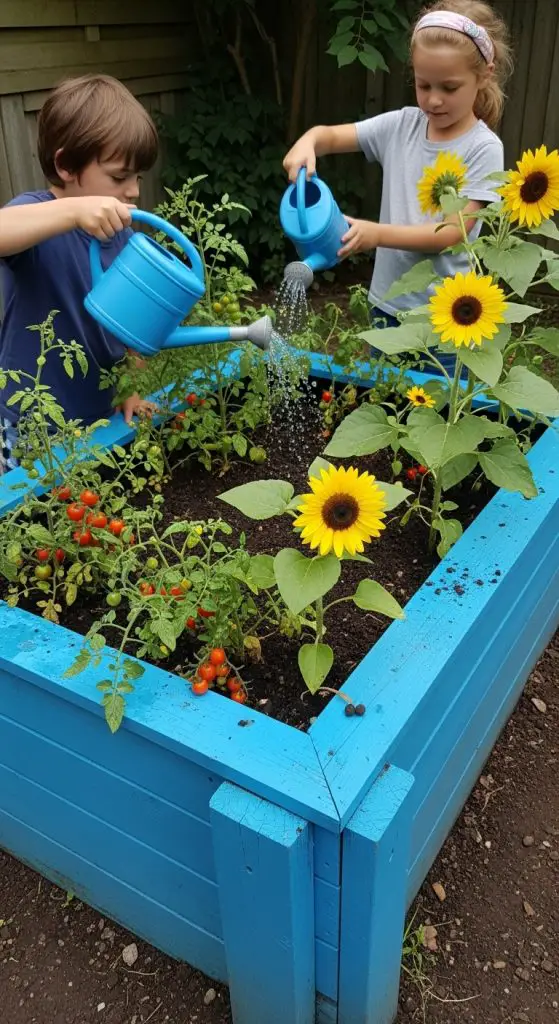
Make gardening fun for kids with smaller, colorful raised beds designed at their height.
Pros:
- Gets kids excited about gardening.
- Teaches responsibility and patience.
- Fun to decorate and personalize.
Cons:
- Outgrown quickly as kids get taller.
- Smaller beds dry out faster.
A great way to bond with your kids and sneak veggies into their diet.
15. Indoor Raised Beds (for Apartments)
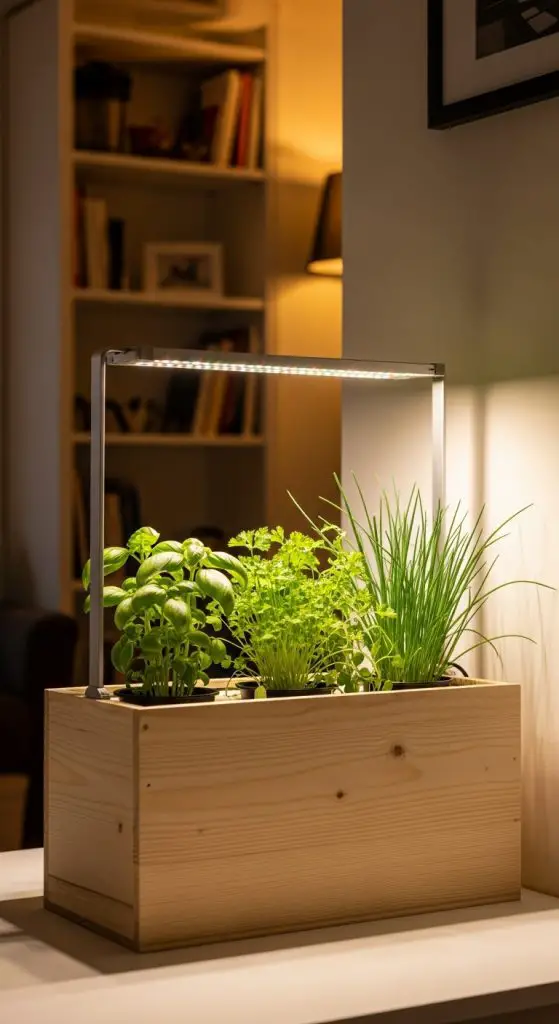
Who says raised beds are only for outdoors? Small wooden or fabric beds can thrive indoors with grow lights.
Pros:
- Year-round growing indoors.
- Great for apartments or no-yard living.
- Easy to move around.
Cons:
- Limited size.
- Requires grow lights and indoor space.
Perfect for apartment dwellers who still want homegrown herbs.
Final Thoughts
So there you have it—15 raised garden bed ideas to fit every space, budget, and lifestyle. Whether you go classic with wood, modern with metal, or quirky with pallets, the beauty of raised garden beds is that they’re versatile, beginner-friendly, and just plain fun.
At the end of the day, gardening isn’t about having the “perfect” setup—it’s about experimenting, learning, and enjoying the process. So pick an idea that excites you, grab some soil, and start growing. Trust me, the first time you bite into a tomato you grew yourself, you’ll wonder why you didn’t start sooner. 🙂

William Martin is a passionate bowler who spends most of his weekends playing the sport. With years of intense experience under his belt, William decided to share his knowledge by creating BOWLING OCEAN. Join me on this journey to explore the world of bowling and discover the tips and tricks to becoming a pro.

